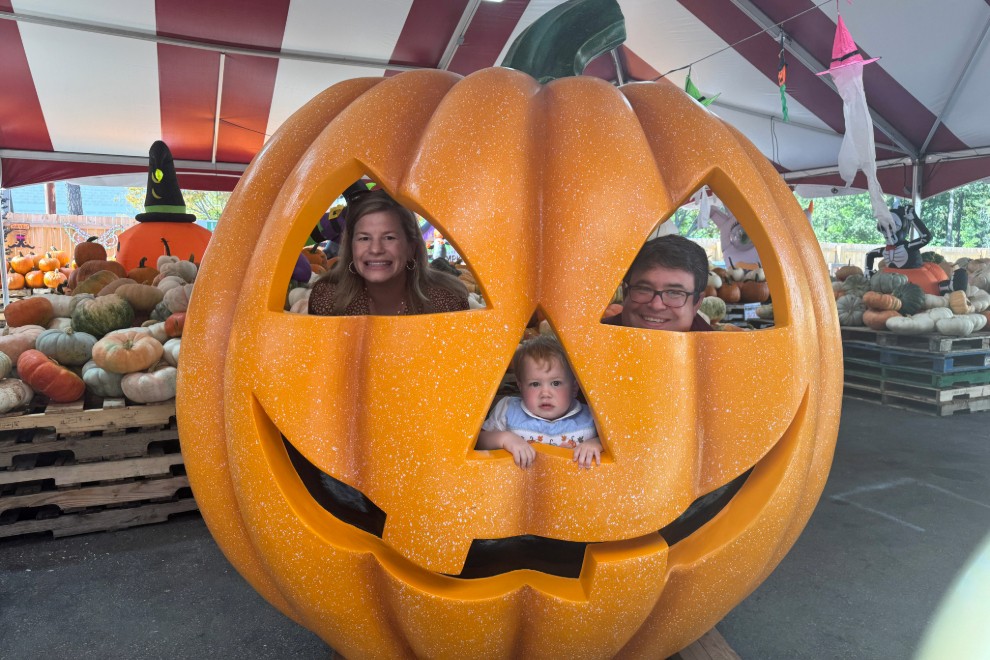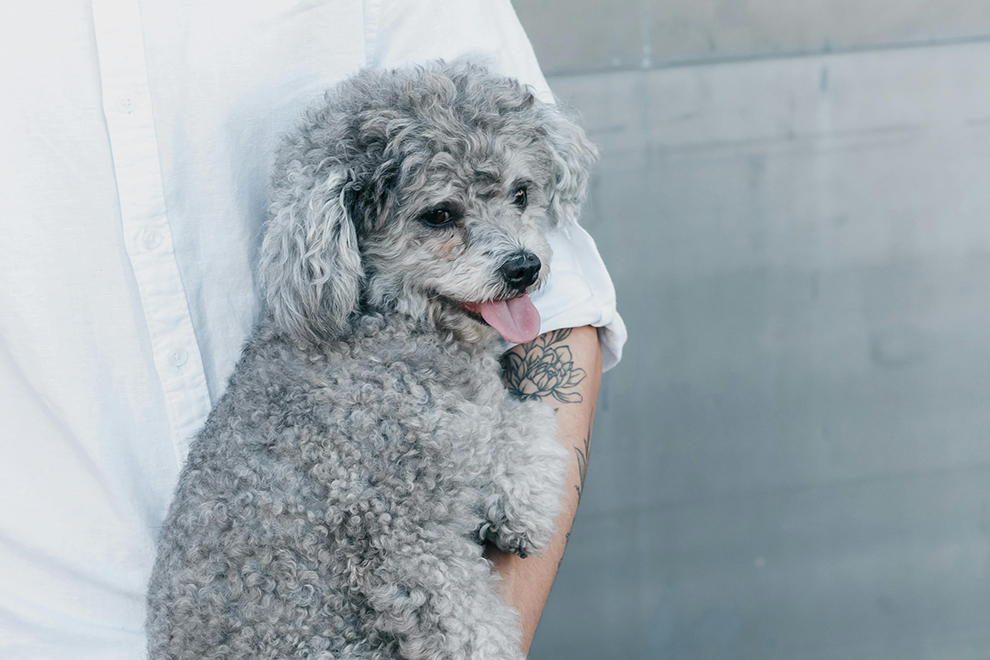Beautiful, intelligent, and social, with simple needs – birds can be ideal pets for all these reasons. Birds are relatively easy to care for and adaptable, but their behaviors are less familiar to most of us than those of the dogs and cats many of us keep as pets. Spotting signs of illness or discontent in a bird can be difficult. So how can you know when it’s time for your feathered friend to see the veterinarian?
Birds require little maintenance, but regular care may be difficult for an owner to accomplish alone. Think nail trims and wing trims, which are performed about every three to four months. Nails should be trimmed so that the tip of the nail is even with the foot pad. For safety, some owners have the bird’s wings trimmed. (Actually, only the feathers are trimmed, not the wing itself.) This is done for the safety of the pet, as preventing full flight reduces risk of escape out an open door or into a ceiling fan or window. Some owners choose not to have this done, which is not a problem as long as precautions are taken to prevent escape or injury. Birds’ beaks do not usually need trimming, but sometimes misalignment or disease can cause abnormal or excessive growth of the beak. It is recommended that only a veterinarian make this diagnosis and perform the corrective trimming.
It is important to get to know your pet bird and watch for subtle changes in its health. For example, birds spend most of their time in the wild foraging, looking for and testing items for food. This is a natural behavior demonstrated in captivity by visiting the food bowl multiple times a day. Your bird may be foraging, but not actually eating well. The droppings provide clues. There are two parts to a bird dropping: the liquid or white pasty part makes up the urine and urates; and the brown or green part is the stool. The stool is the digested food, so if you see droppings that are diminished in the amount of stool, your bird may not be eating well.
Feather appearance is another indicator. Feathers should always be well-groomed, not broken or frayed. Seeing excessive dander, broken feathers, decreased shine, or a fluffed-up appearance to your bird could reveal trouble. Note that feather shed, called molting, is a normal occurrence. New feathers are called blood feathers, because they have an active blood supply giving a bluish color to the shaft. If broken, these new feathers can bleed profoundly. In an emergency, some flour or cornstarch can be applied with gentle pressure. Call or get to your veterinarian as soon as possible, as additional treatment may be needed to insure the bleeding will not restart.
Veterinarians are often consulted about aggressive biting, continuous egg laying, or feather picking. Remember how birds spend so much time foraging in the wild? You need to make up for loss of this activity to prevent boredom. As pet owners, we kindly supply an endless source of food, but in doing so remove ninety percent of the bird’s natural behavior and mental stimulus. Simple games and toys can be made with household items like paper, paper cups, cardboard, and coffee filters to enhance your pet bird’s life.
Healthy birds are happy birds. With proper veterinary care, they can become a valued family member for years to come.





